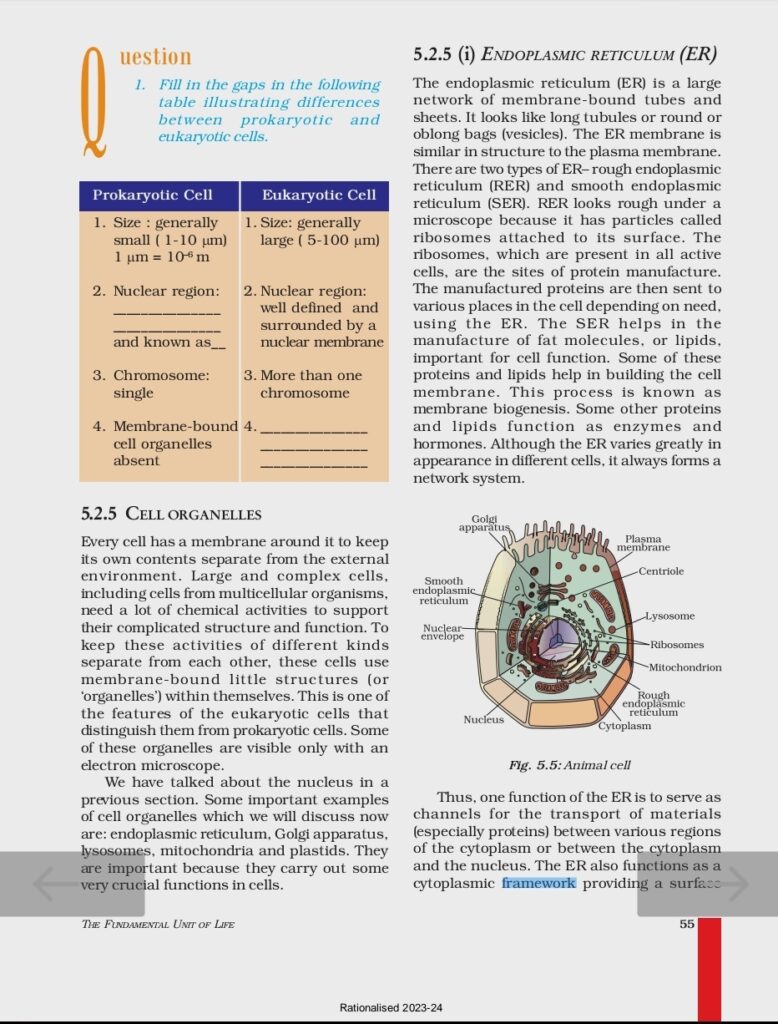Challenges to Free and Fair Elections
Multiple Choice Questions
1. What is one major challenge to free and fair elections in India?
a) High voter turnout
b) Political parties’ equal access to funds
c) The influence of money and muscle power
d) The presence of international observers
2. How do criminal connections affect elections in some regions?
a) They help maintain law and order during voting
b) They discourage voters from participating in elections
c) They ensure only experienced politicians contest elections
d) They improve public trust in democracy
3. What disadvantage do smaller parties and independent candidates face?
a) They have equal access to media coverage
b) They often lack financial resources for campaigns
c) They receive government funding
d) They are legally barred from contesting elections
4. Why is family dominance in political parties a challenge for democracy?
a) It ensures stable leadership
b) It encourages diverse representation
c) It limits opportunities for new and independent candidates
d) It prevents political corruption
5. What is a common issue regarding voters’ choice in elections?
a) Voters always have clear ideological differences between parties
b) Political parties offer very similar policies
c) Only one party contests elections in most states
d) Elections are rarely competitive
Answers & Explanations
1. c) The influence of money and muscle power affects fair competition .
2. b) Criminal connections often intimidate voters and manipulate elections .
3. b) Smaller parties and independents struggle due to financial constraints .
4. c) Family dominance restricts opportunities for new leaders .
5. b) Many parties offer similar policies, limiting voters’ real choice .
How is a Major Policy Decision Taken?
Multiple Choice Questions
1. What institution plays a central role in major policy decisions in India?
a) Supreme Court
b) Election Commission
c) The Cabinet and Prime Minister
d) The State Governors
2. What was the purpose of the Office Memorandum issued on August 13, 1990?
a) To increase foreign investment in India
b) To introduce economic reforms
c) To reserve 27% of government jobs for Socially and Educationally Backward Classes (SEBC)
d) To remove caste-based reservations
3. What is the role of the Parliament in major policy decisions?
a) It only implements policies decided by the executive
b) It has no role in policy-making
c) It debates and approves significant policy decisions
d) It decides judicial cases related to policies
4. How are major policy decisions implemented?
a) Through government orders and notifications
b) By political speeches and media campaigns
c) By judicial verdicts alone
d) Through mass protests and rallies
5. Why did the Office Memorandum on job reservations become controversial?
a) It favored only a single caste group
b) It excluded Scheduled Castes and Scheduled Tribes
c) It introduced a new category for reservations, leading to debates and protests
d) It was announced without parliamentary approval
Answers & Explanations
1. c) The Cabinet and Prime Minister play a central role in decision-making .
2. c) The 1990 Office Memorandum reserved 27% of jobs for SEBC .
3. c) Parliament debates and approves major policy decisions .
4. a) Government orders and notifications are used for implementation .
5. c) The decision introduced SEBC reservations, leading to nationwide debates .
A Government Order
Multiple Choice Questions
1. What is a government order?
a) A statement issued by a political party
b) A formal decision issued by the government for implementation
c) A law passed by the Supreme Court
d) A policy announced in election campaigns
2. What is the purpose of an Office Memorandum?
a) To provide guidelines for school curriculums
b) To communicate a formal decision or directive from the government
c) To conduct public opinion surveys
d) To outline political party manifestos
3. Who has the final authority to approve government orders related to major policy decisions?
a) The Supreme Court
b) The Chief Minister of a state
c) The Cabinet and the Prime Minister
d) The State Election Commission
4. Why is it important for government orders to be documented?
a) To provide legal clarity and ensure accountability
b) To allow political parties to revise them frequently
c) To make policies more flexible for public opinion
d) To ensure only a few officials are aware of government actions
5. What role does the bureaucracy play in implementing government orders?
a) It debates the political impact of decisions
b) It executes and administers the decisions made by the government
c) It challenges government decisions in court
d) It creates new laws independently
Answers & Explanations
1. b) A government order is a formal directive issued for implementation .
2. b) An Office Memorandum is an official government directive .
3. c) The Cabinet and Prime Minister have the final authority on major policy orders .
4. a) Government orders are documented for legal clarity and accountability .
5. b) The bureaucracy is responsible for implementing and administering decisions .
Let me know if you need any modifications or additional questions!
